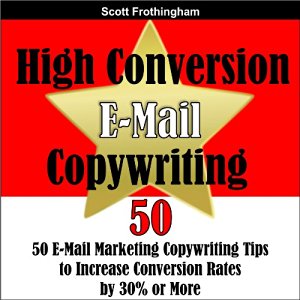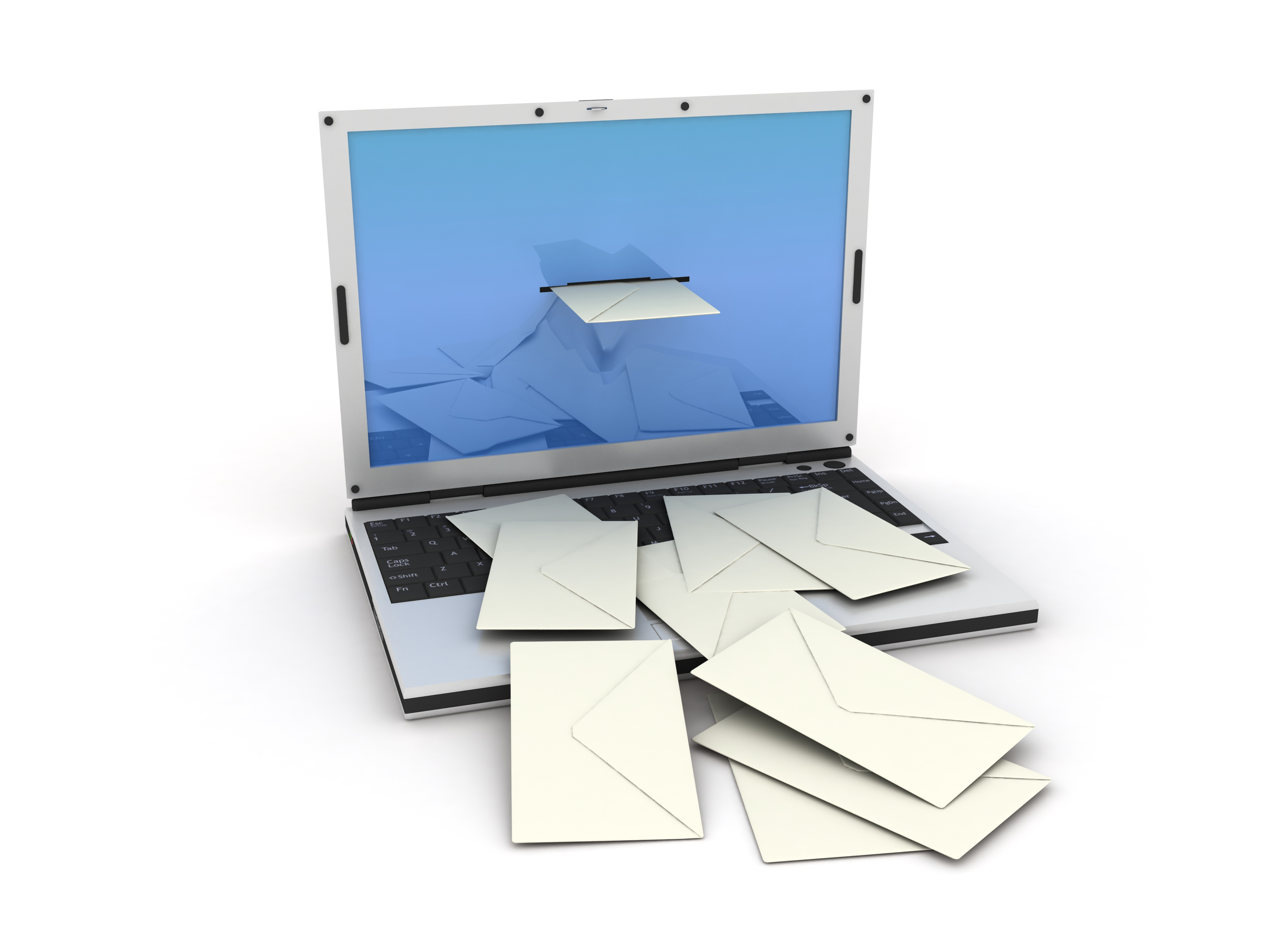I’d venture a guess you get lots of emails in your inbox every day. So what makes you want to take that extra step to actually open an email?
The subject line is the start of the readers experience with you, and in a world of increasing distractions, it can also be the end of their experience if you don’t make it captivating and engaging…
Here’s our guide to getting those emails opened….
8 subject line formulas to get your emails opened
1. The question subject line
Questions make great email subject lines because they get the reader to think about how the subject matter applies to their own life. The best questions will resonate with the reader and their past experiences, while arousing a sense of curiosity to learn more about the subject and whether their experiences are similar to others. For example:
• Do you check your emails when you first wake up in the morning?
• Do you have a problem getting referrals?
These subjects lines work because the reader can relate to these behaviours, but are also drawn to click-through to possibly learn more about whether others have similar experiences and what the possible implications of that behaviour is.
2. The ‘How to’ subject line
There’s an old saying in copywriting circles that you can’t write a bad headline if it starts with the words ‘How to’. The ‘How to’ subject line formula works so well because it forces you to describe the content of the email in very clear language. Take these 3 subject lines for example:
• How to get better marketing results through great landing pages
• How to win friends and influence people
• How to get 1,000 new email subscribers in 1 day
By reading these subject lines, you know exactly what you are going to learn from opening the email. The key to success with this subject line formula is focusing on the benefit. Nobody actually wants to learn another process or methodology, instead they want to get the end benefits of better marketing results or new email subscribers, so make sure when using a ‘How to’ subject line you focus on the benefits and not the process itself.
3. The scarcity subject line
Scarcity is a powerful driver of human behaviour. When something is in short supply, our fear of loss kicks in and we are compelled to act.
Adding a time or availability limitation encourages readers to open and act on your email before it’s too late. For example:
• Only 2 days left to get 50% off
• Hurry! Only 3 consultation spots left.
• Get free delivery if you order within the next hour
The key to using scarcity in your email subject lines is importance. If the reader doesn’t have any intention of purchasing from you, they are not going to care that they can get free delivery if they purchase in the next hour.
You need to make sure the offer you are presenting is important to the reader before you bring scarcity into it to try to compel them to act quicker, otherwise the time or availability limitation you are imposing is irrelevant to them.
4. The announcement subject line
Using words like “Introducing” and “New” in your email subject line gives the reader a feeling that your email contains new, breaking information they haven’t heard yet. It can increase open rates by as much a 10%
Examples of this in action include:
• Introducing our new mobile mini course : Test the power of mobile web
• Update to our new iPhone App
• New – Reach your target audience for just 3p
By using words like ‘Introducing’ and ‘New’ in the subject line, you are letting people know that your email contains new information they don’t know yet and are encouraging people to open the email and learn more.
5. The number subject line
Using numbers in your email subject lines is a great way to set people’s expectations and provide a structure for the content of your email. For example:
• 28 ways to build your email list
• 7 steps to creating landing pages – which convert!
• 23 reasons why mobile users will abandon your site
The key to success with this formula is the number you use. If you are suggesting effort a reader needs to expend (like steps in a process for instance), then using a low number works better as it suggest the process is quicker and easier. However, if you are providing value to the reader (like a number of ways to increase email subscribers) then a higher number will work better as it increases the reader’s perception of the value your email will provide them.
6. The ‘curiosity gap’ subject line
Professor George Loewenstein coined this term to describe the gap between what we know and what we want to know. When we notice a gap in our knowledge, it produces a feeling of deprivation that prompts us to go looking for that piece of missing information in order to stop feeling deprived. However, curiosity requires a little bit of initial knowledge first.
We’re not curious about something we know absolutely nothing about. However, as soon as we know even a little bit, our curiosity is piqued and we want to learn more. So try leaving a small curiosity gap in your subject lines to encourage opens. For example:
• Do you give up at 7?
• This little – known technique to get testimonials on auto-pilot trick
• Weddings and why they help us focus…
As you can see, these subjects’ lines leave just enough information out to grab your curiosity. What do I give up at 7? What’s the special technique? Why do weddings increase focus?
By piquing people’s curiosity, you provoke the sense of deprivation and compel them to open the email to learn more.
7. The surprise subject line
Everybody loves a good play on words or a pleasant surprise. Whether it’s a small chuckle or an unexpected offer that benefits the user, using surprise in your subject line causes the reader to pause while scanning through their inbox and piques their curiosity enough to open the email and learn more. Some examples include:
• Warning: Aliens have landed
• What Elvis Presley can teach you about email marketing
• Sorry… I screwed up
The key here is not so much to use a specific formula, but just to surprise the reader with something they wouldn’t expect.
In fact, during Barack Obama’s last presidential election campaign his team used the subject line ‘Join me for dinner?’ in one of their email campaigns. Whilst ‘Join me for Dinner’ is certainly not a surprising subject line, the fact that it came from the President of the United States certainly surprised a few people.
8. The personalised subject line
Working your subscriber’s name into the subject line of your email adds a personal touch that is likely to catch your reader’s eye.
Any time you can make your reader feel like you’re connecting with them on a very personal level, it builds a sense of sincerity. This can be combined with some of the other formulas for maximum impact. For example:
• John, Do you give up before 7?
• Warning John, Aliens have landed
• John, 28 ways to build your email list
By including the person’s first name, you create a feeling that you are speaking directly to them and give your email a sense of relevancy that encourages them to open it and consume the content.
It’s even more powerful if you them repeat their name in the body text of the email. More on that another time.
In Conclusion
The subject line is what entices your reader to open your email and pursue the information inside, so it’s important to put some serious thought into this portion of the writing process.
There are many ways to write an interesting, compelling subject line based around the few tips I’ve provided here. They key is to test different types of subject lines to see which ones work best for your own unique audience as it all comes down to what your audience is looking for in the emails they receive from you.
6 1/2 Things You Can Do To Get More Sales In The Next 60 Minutes
Sales and enquires can sometime be elusive! Your business needs a system so that you are getting sales and enquiries on a daily basis. Whilst you are building that system here are 6 ½ things that you can do to generate sales in 60 minutes.
FREE Audio Book

High Conversion E-Mail Copywriting: 50 E-Mail Marketing Copywriting Tips to Increase Your Conversion Rates by 30% or More: Scott Frothingham
The 50 tips in High Conversion E-Mail Copywriting can fine-tune your e-mail copywriting skills to make your customers more loyal, your prospects more responsive and your list more profitable. Understanding the way that your prospects and customers read their e-mail will help you create messages that will gain and hold their attention, boosting response rates to new levels. High Conversion E-Mail Copywriting is a quick and easy guide to taking your e-mails to the next level of performance and success.
Click HERE to get your free audiobook


